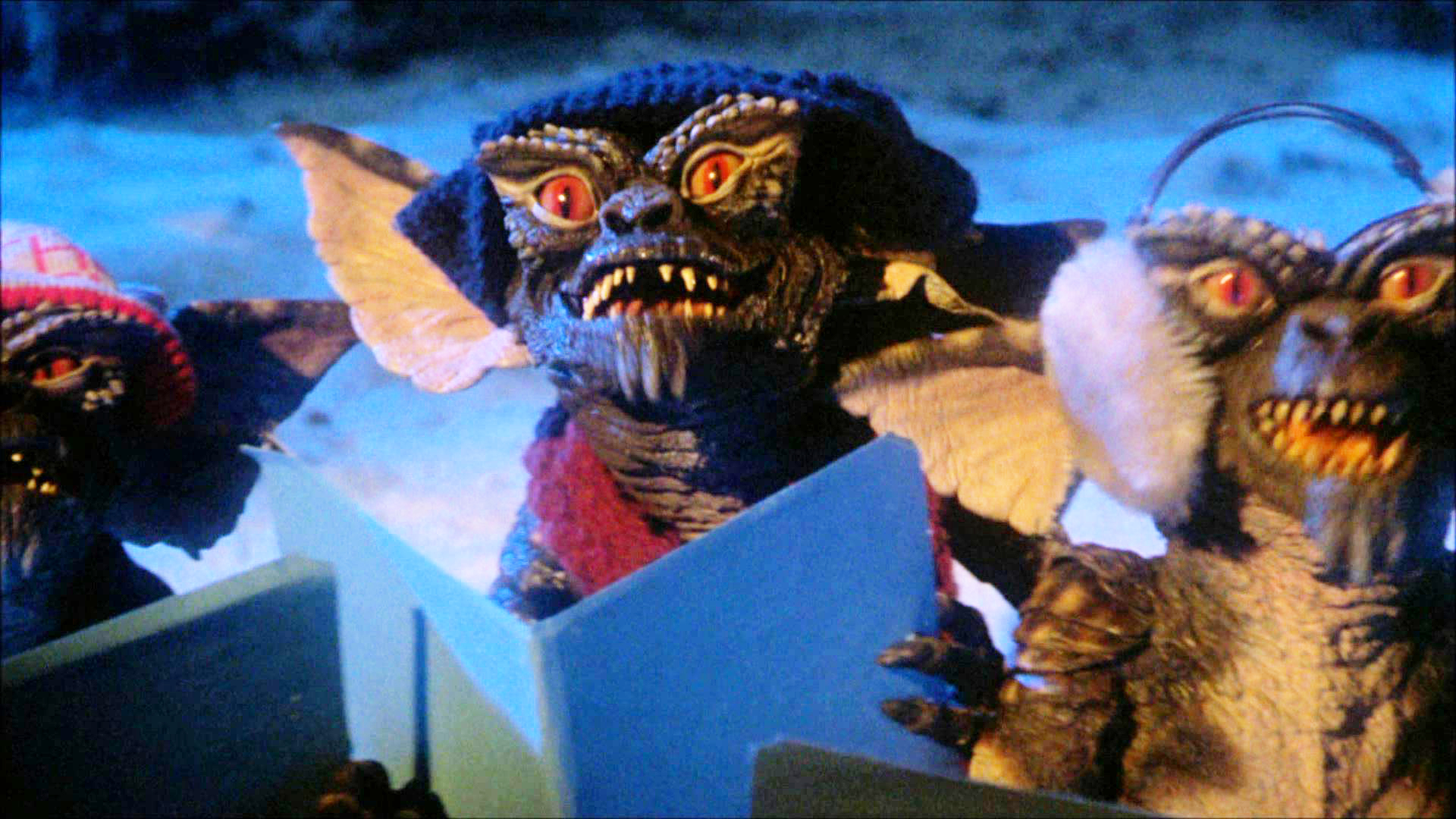What makes cinema's greatest monsters so scary? The truth is that they remind us of ourselves...
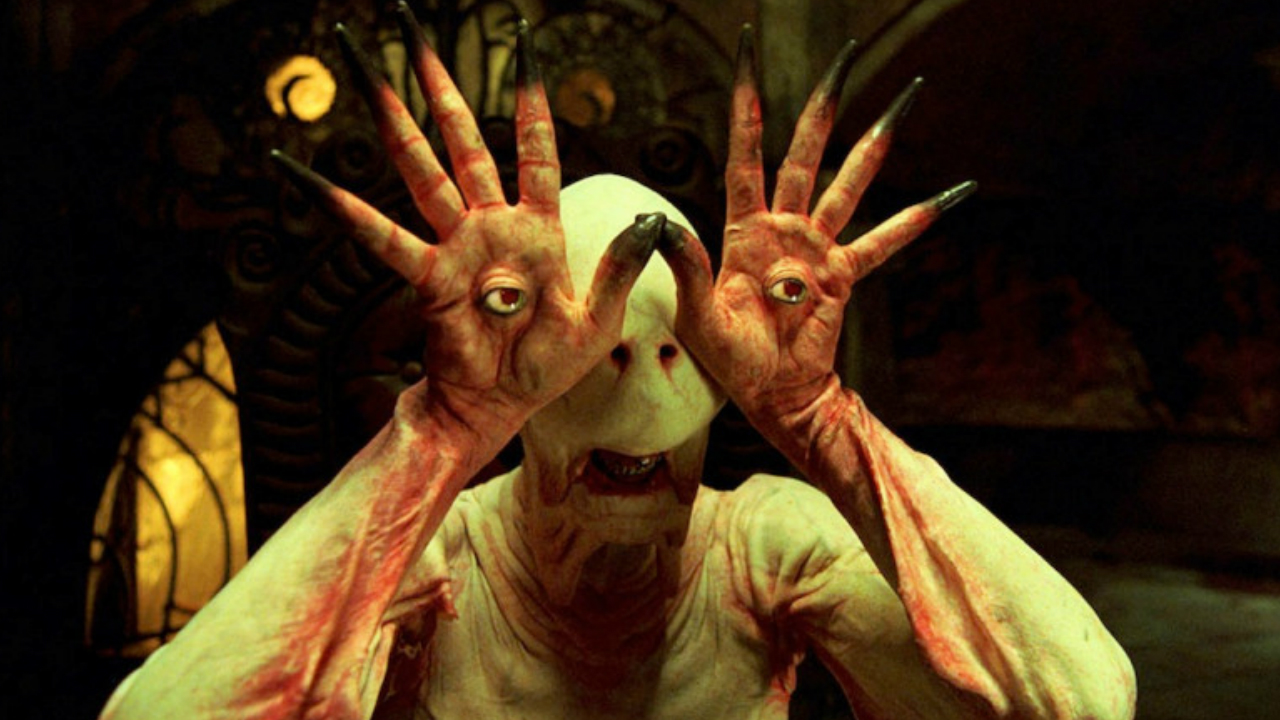
"I love monsters the way people worship holy images,” Guillermo del Toro once told The Guardian. He must have been at home for much of 2017, in that case, as the past 12 months of cinema has been chock full of all manner of monsters and miscreations.
Right off the bat, A Monster Calls merged deep feels with deep-voiced monstrosity. Kong: Skull Island revived a big-hearted beast; follwing that, Universal’s latest crack at reviving classic monsters (and Tom Cruise) arrived with The Mummy. And monster love is a tale as old as time in Disney’s live-action Beauty And The Beast.
Elsewhere, The Great Wall, Alien: Covenant and even Star Wars: The Last Jedi together proved that monsters come in many forms: they can be insectoid, abstract, parasitic, mythological, bandaged, furry or even just humans behaving monstrously. They can be metaphors: for mad science or McCarthyism, desire or dread. And they can be funny, from Monsters, Inc.’s scream team to Night Of The Lepus’ bunnies.
Yet the monsters that seduce and scare us most are oddly familiar. Ask David Cronenberg, whose The Fly is a monster benchmark. “I think the further away from the human form a monster becomes, the more it becomes like a natural disaster. If you’re eaten by a shark, it’s almost like being hit by lightning… When a monster is recognisably human, that’s when the definition of monster and monstrous and monstrosity becomes very specific and very resonant.”
In other words? We love monsters because, on many complex, historically shifting levels, they’re us.
Monster house
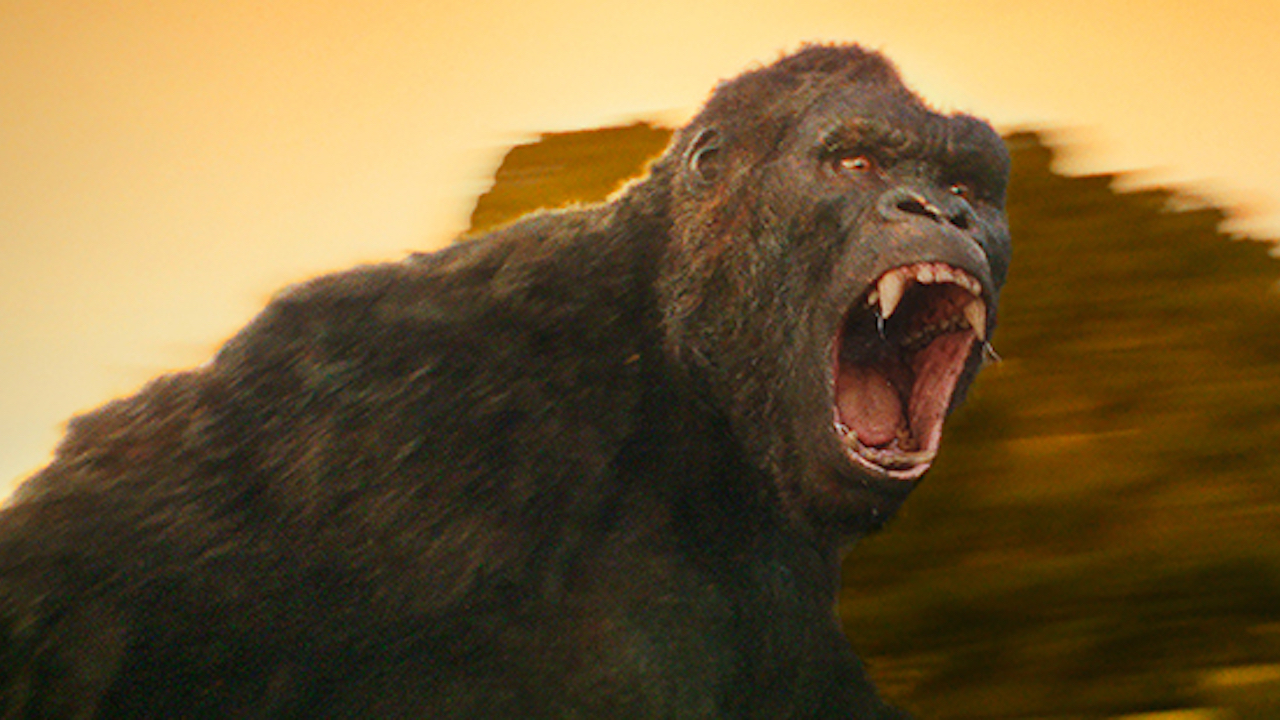
A look back to the pre-cinema upbringings of monsters proves the point, argues Andreas Charalambous, editor of wehearthorror.com, plus Anglia Ruskin, Film, Media and Journalism lecturer at University Centre Harlow, whose PhD is on movie monsters.
“There has always been a primitive fascination with monsters among humankind, ever since our brains developed far enough to imagine them. Early on, we had imagined and created mythological monstrous beasts that were a hideous mixture of creatures we are familiar with, but the most monstrous of all are those that are most like us."
Sign up for the Total Film Newsletter
Bringing all the latest movie news, features, and reviews to your inbox
"We started developing these mythological monsters and they became culturally significant (human/animal hybrids, giant humans or humans of unnatural size, strength, in Greek mythology; the Devil in the Bible, which took the form of a man with horns, a tail and hooves; the Mummy in Egyptian mythology; monsters in children’s fairytales; vampires, zombies and masked figures in modern horror culture).”
In the pre-Victorian era, these fascinations evolved. People would visit ‘freak shows’, says Charalambous, “not only to be repulsed by these beings and imagine how horrible it must be to be them (and be thankful that we are NOT them)”. We would, also, be “attracted to and desire them”.
Cinema caught on fast, pursuing ways to give form to fears and anxieties in a developing medium. As early as 1896, Georges Méliès spliced pioneering effects and myth for his menagerie of cavorting beasties in Le Manoir Du Diable (The House Of The Devil). “Much like modern horror cinema, Méliès allowed us to witness ‘true’ living breathing monsters and monstrous beings through special effects, in front of our very eyes, rather than just imagine/tell/read stories about them,” says Charalambous
Monsters vs Aliens
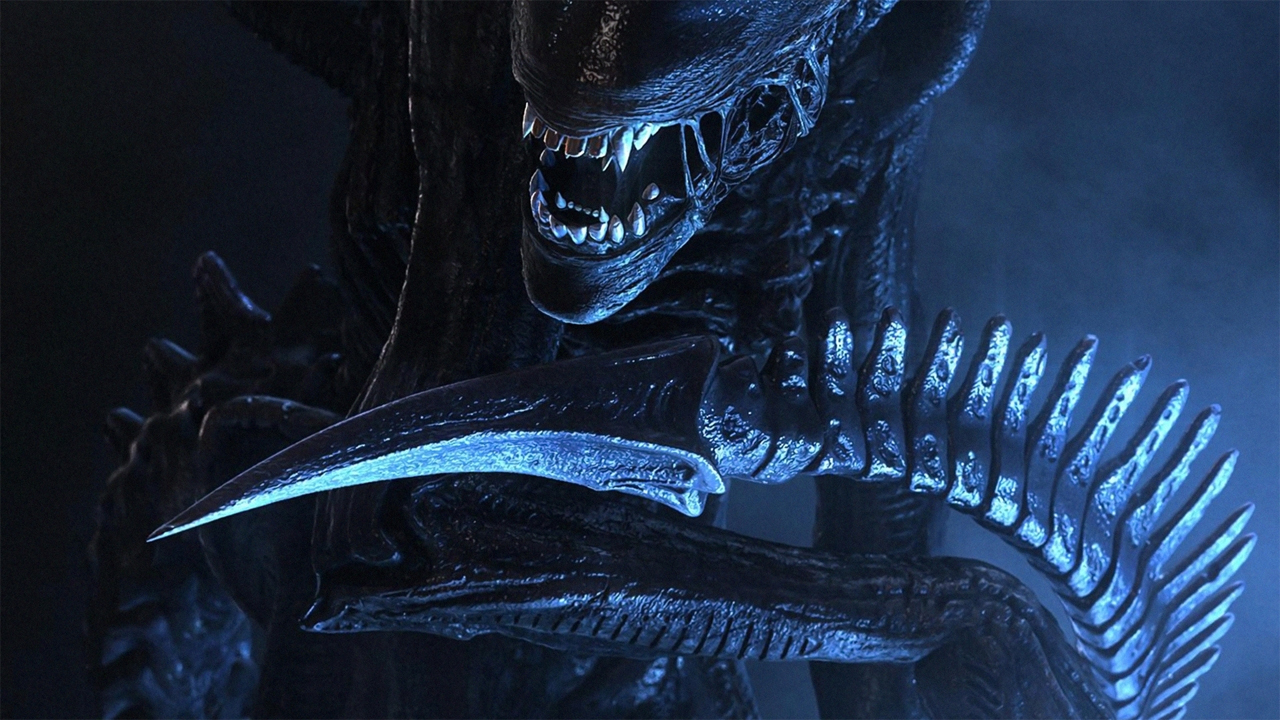
Film’s early visionaries continued searching for ways to realise the seething subtextual promise of monsters. Frankenstein (1910) used tints and mirror tricks; actor John Barrymore, film company Famous Players-Lasky’s make-up team and a romantic plot strand brought heartache and horror to 1920’s Dr. Jekyll And Mr. Hyde; and writer-director-star Paul Wegener instilled themes of romance and rejection in 1915’s The Golem.
In 1933, King Kong deployed romantic themes plus Willis O’Brien’s radical design work to pump up the ape’s personality, whether he’s playing with a T-rex’s jaw or falling for Fay Wray. Universal started as it meant to continue with its monster cycle. In 1925’s The Phantom Of The Opera, Lon Chaney emphasised the man behind the mask. “I wanted to remind people that the lowest types of humanity may have within them the capacity for supreme self-sacrifice,” he wrote. “The dwarfed, misshapen beggar of the streets may have the noblest ideals.”
In Universal’s banner year of 1931 (see also Dracula), director James Whale fused gothic grandeur with outsider empathy and cinematic invention to forge an icon of wounded rage from Frankenstein’s forced-into-life creature. Make-up magician Jack Pierce and star Boris Karloff made him pitiable – and, also, helped prepare routes for the tragic yearnings of The Wolf Man and Creature From The Black Lagoon to follow.
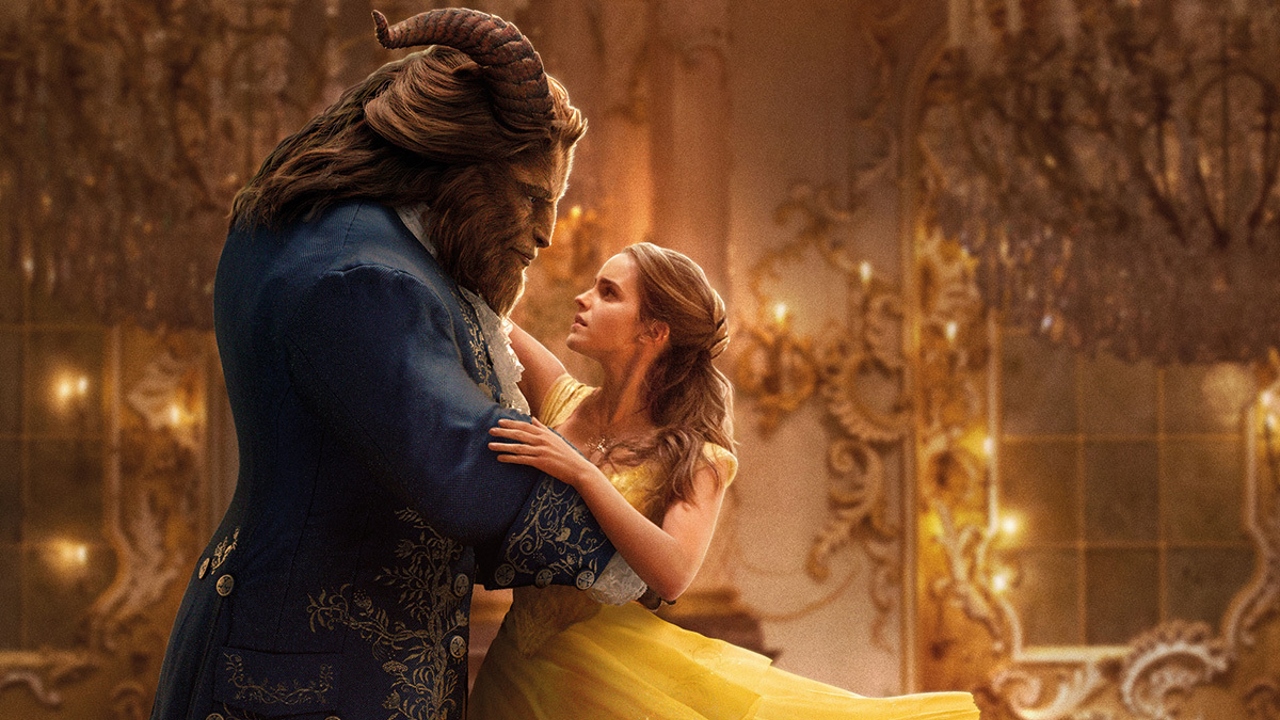
Into the ’40s, the monsters of Jacques Tourneur’s RKO Studios’ films oozed subtext and stylised suggestion: I Walked With A Zombie and Cat People might not scare, but they brim with mood and meaning.
As for ’50s monsters, Gremlins director Joe Dante’s simple definition resonates: “Monsters are metaphors.” The decade fizzed with beastly parallels for McCarthy-ism, atomic dread and teenage rebellion. Some of the leads in ’50s movies seem pod-person stiff because they were pod-people in alien-takeover films such as Invasion Of The Body Snatchers. Later in the decade, a rising youth market proved influential, inspiring the likes of I Was A Teenage Werewolf.
Cursed creatures
Universal’s lessons were not forgotten by Hammer films, in which Christopher Lee emphasised his monsters’ humanity. “The creature is a very pitiful character,” he said of his role in The Curse Of Frankenstein. “He didn’t ask to be made; he’s a victim.”
But loosening screen boundaries became evident in 1958’s saucier-than-usual Dracula, in which Lee’s Count dripped with sexual charisma. In the ’60s, the decline of the censorious Hays Code and the rise of revolutionary thinking heightened movies’ licence to thrill and resonate. George A. Romero’s Night Of The Living Dead sets itself up as a break from creaky vintage monsters in the opening sequences, before plunging into a siege-based microcosm of a fractured America.
Into the ’70s, Cronenberg upheld Romero’s taboo-trashing, cracked mirror, no-budget influence with Shivers, which empathised with its licentious monsters – if monsters they even be. Towards the decade’s (spiked) tail-end, the xenomorph in Ridley Scott’s Alien stretches human identification but fascinates partly because it sets the ground on which Ripley and the alien would be linked in later series entries.
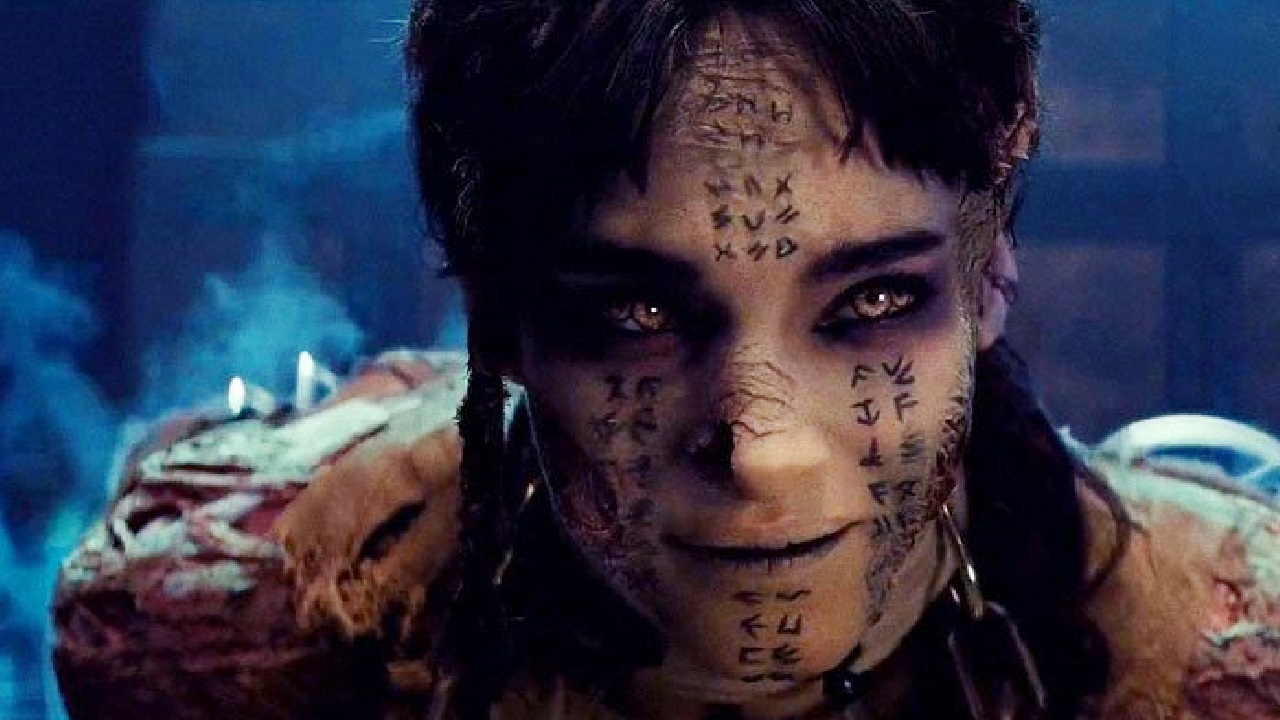
In the ’80s, increasingly savvy audiences embraced knowing monsters. Consider Chucky and Freddy Krueger, or the arch intelligence of Hannibal Lecter, first seen on screen in 1986’s Manhunter: a human being, yes, but a socially uninhibited monster of sorts. The best special effects, meanwhile, maintained elements of anchoring, ambiguous humanity.
For The Thing, John Carpenter drew tension from is he/isn’t he an alien issues. Cronenberg’s The Fly was a weeping sore of a transformation movie, which fused human and monstrous in an emotional meditation on ageing channelled through a red-raw twist on Beauty And The Beast. “It’s an examination of what is universal about human existence,” said Cronenberg.
Clive Barker’s monsters were equally fully felt creations. His design instructions for Hellraiser’s S&M Cenobites mixed awe and horror – he wrote of a “repulsive glamour”. For his next film, Nightbreed – described as “the first truly gay horror fantasy epic” by experimental arthouse godhead Alejandro Jodorowsky – Barker battled a studio that didn’t understand his use of monsters as an allegory for his experiences as a gay man.
"The creature is a pitiful character. He didn’t ask to be made, he’s a victim."
Christopher Lee
“Someone at Morgan Creek said to me, ‘You know, if you’re not careful, some people are going to like the monsters.’ Talk about completely missing the point!”
In the ’80s and beyond, vintage monsters continued to receive love from many sources. The wolf man thrived in John Landis’ An American Werewolf In London, a film more romantic and wry than scary. Lycanthropy later received a potent female variant in Ginger Snaps, while David Thewlis said he thought of J.K. Rowling’s Remus Lupin as a “gay junkie” in Harry Potter And The Prisoner Of Azkaban (it wasn’t until later that Thewlis discovered Lupin’s marriage to Nymphadora Tonks).
And if you view vampires as monsters, the tonal range from Twilight to Let The Right One In tells us how much flexibility there is in a core set of themes: never ageing, always hungering...
Fantastic beasts
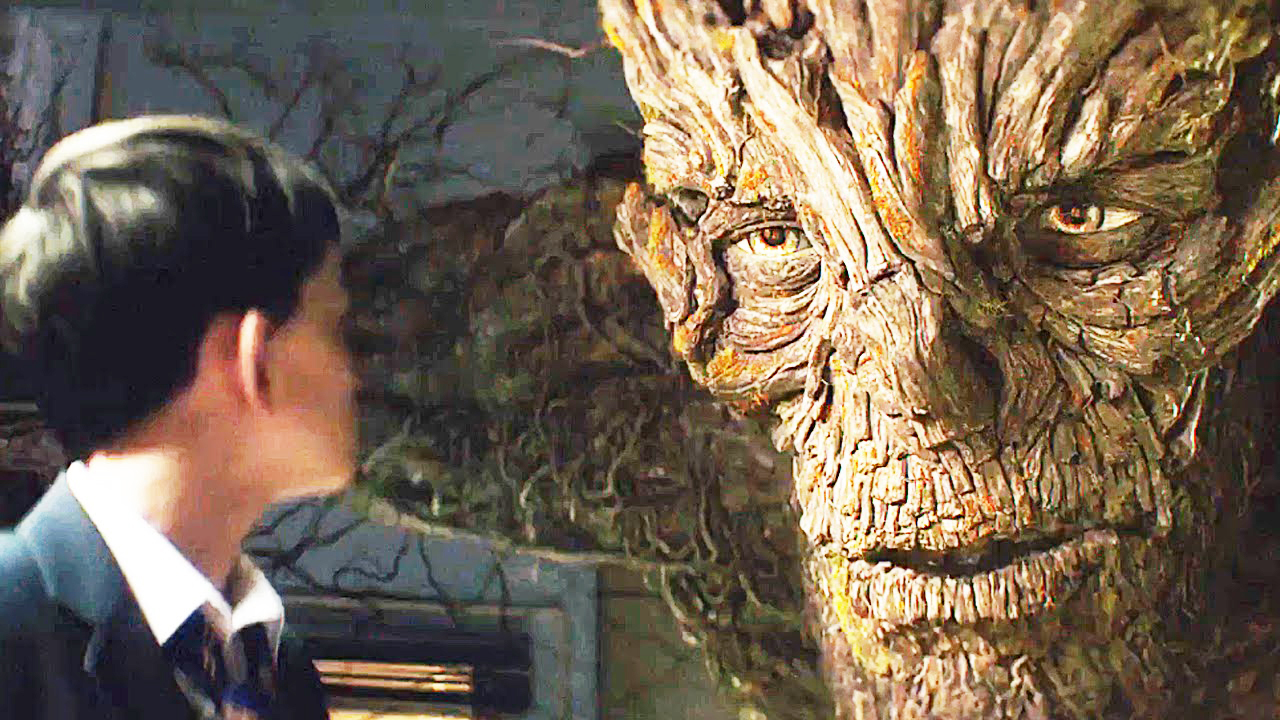
Into the 2000s, del Toro’s monster love flourished with Ron Perlman’s longings for Selma Blair in Hellboy and the man/ monster blurs of Pan’s Labyrinth; the faun chilled, Captain Vidal terrified. And as effects evolved, the best CG monster work maintained recognisable human traits, as with Andy Serkis’ wretched Gollum and macho King Kong.
Our human capacity for self-reflection serves to further dissolve divisions, says Charalambous, who spotlights a TV example. “As we see every week on The Walking Dead, the monsters aren’t really the zombies, but the humans trying to destroy each other (the Governor, Negan and the Saviours, Rick Grimes in his darker moments). The zombies (if you excuse the fact that they want to tear at your intestines!) are quite sympathetic in all of this.”
At another extreme, the rise of long-form TV potentially deepens our engagement with human monsters such as Norman Bates (Bates Motel) and Hannibal Lecter, he argues, allowing us to understand them better over a sustained length. And cinema will, surely, rally its resources to compete.
“We are starting to see the ‘serialisation’ of longer, continuous film narratives that span a number of feature films (not just sequels to films that came before),” says Charalambous, “which allows for more character and narrative development. So, with regards to monsters in upcoming films – we can expect them to be more developed, more detailed and more monstrous than those that have come before.”
This feature originally appeared in our sister publication Total Film magazine, issue 255. Pick up the latest edition now or subscribe so you never miss an issue.
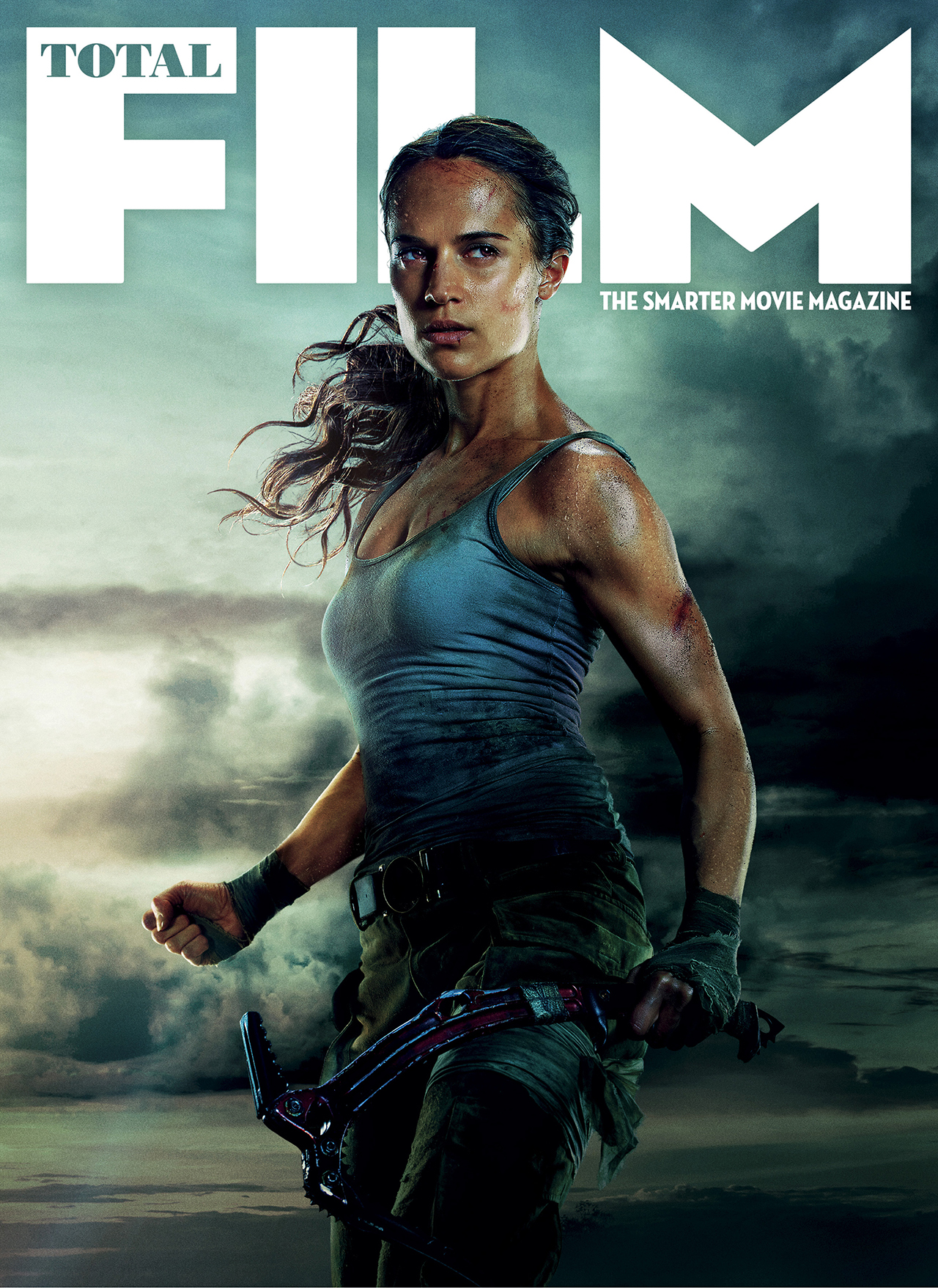
Kevin Harley is a freelance journalist with bylines at Total Film, Radio Times, The List, and others, specializing in film and music coverage. He can most commonly be found writing movie reviews and previews at GamesRadar+.
